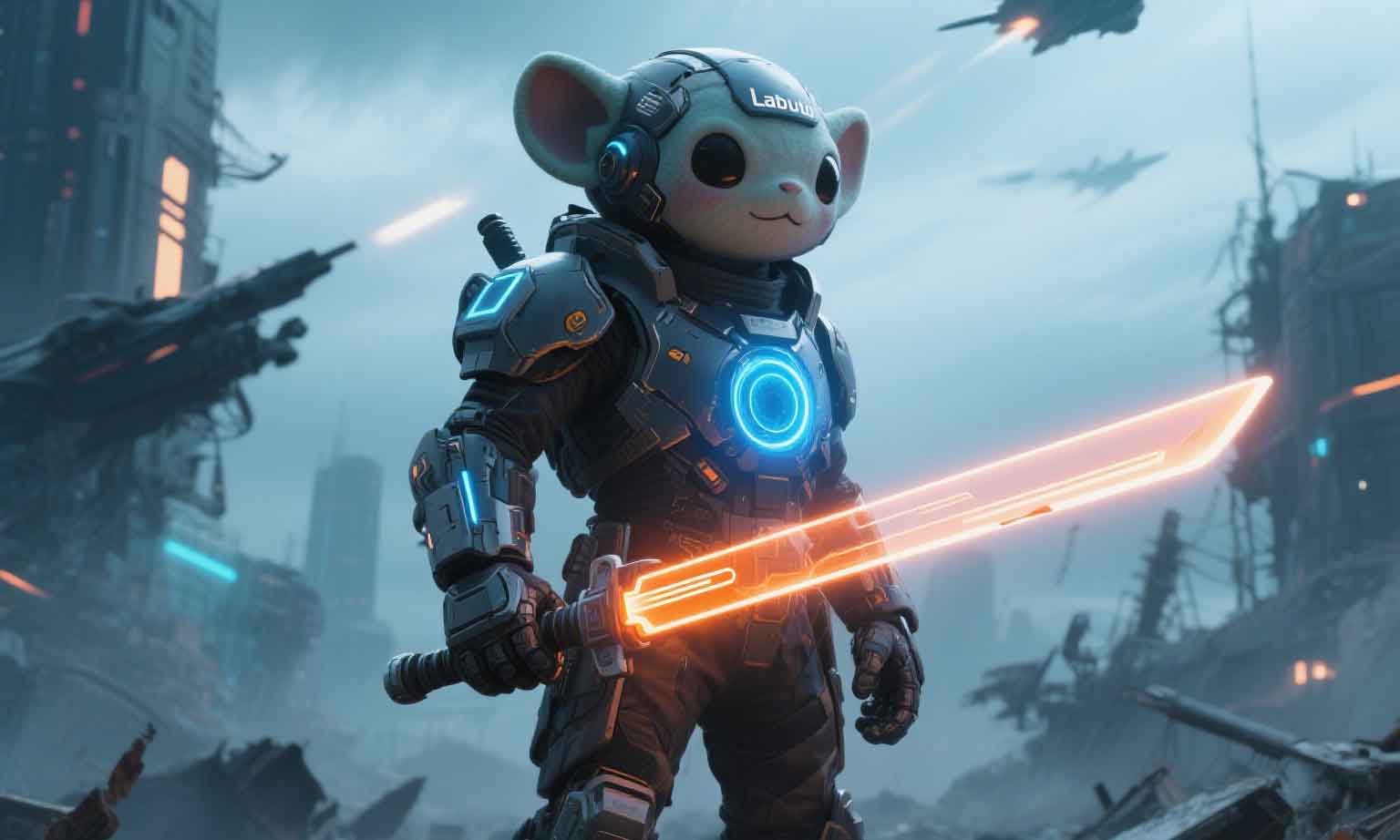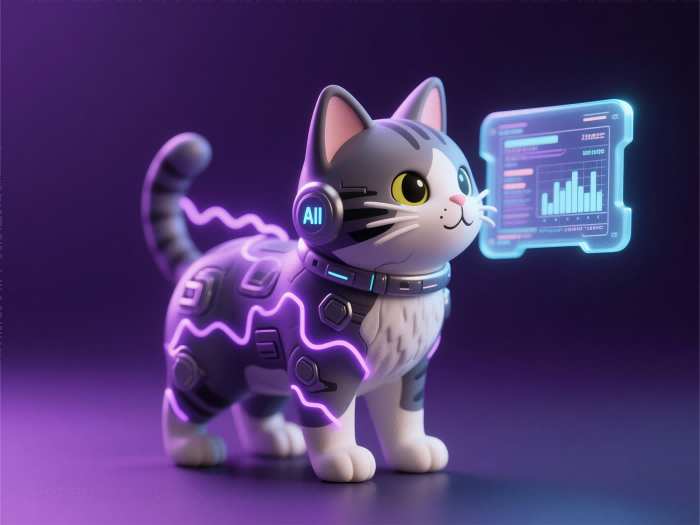The Rise of AI Toys: Revolutionizing Play and Learning Introduction
In recent years, artificial intelligence (AI) has made its way into countless aspects of daily life, and the toy industry is no exception. AI-powered toys are transforming how children play, learn, and interact with technology. These smart toys combine entertainment with education, offering personalized experiences that adapt to a child’s preferences and developmental needs.
What Are AI Toys?
AI toys are playthings embedded with artificial intelligence technologies such as machine learning, natural language processing (NLP), and computer vision. Unlike traditional toys, they can recognize speech, respond to commands, and even learn from interactions. Examples include interactive robots like Anki’s Cozmo, smart dolls like Hello Barbie, and educational companions like Miko the Robot.
Benefits of AI Toys
1. Enhanced Learning
AI toys can tailor educational content based on a child’s progress. For instance, language-learning robots adjust difficulty levels, while coding toys like Sphero teach programming through play.
2. Interactive Play
With voice recognition and responsive behaviors, AI toys engage children in dynamic conversations and problem-solving activities, fostering creativity and critical thinking.
3. Emotional Development
Some AI toys, such as social robots, help children develop empathy and communication skills by simulating emotional responses and social interactions.
4. Accessibility
For children with special needs, AI-driven toys can provide therapeutic support, aiding in speech development or motor skills through interactive games.
Concerns and Challenges
Despite their advantages, AI toys raise important questions:
-
Privacy Risks: Many AI toys collect data, leading to concerns about how children’s information is stored and used.
-
Over-Reliance on Technology: Excessive use of AI toys might reduce traditional play, which is crucial for physical and social development.
-
Cost Barriers: High-tech toys are often expensive, limiting access for lower-income families.
The Future of AI Toys
As AI advances, future toys may feature even more sophisticated interactions, such as augmented reality (AR) integration or advanced emotional intelligence. However, balancing innovation with safety and ethical considerations will be key.
Conclusion
AI toys represent a fascinating blend of fun and functionality, offering new ways for children to learn and grow. While challenges remain, their potential to enrich childhood experiences is undeniable. As technology evolves, so too will the possibilities for smarter, more engaging play.













